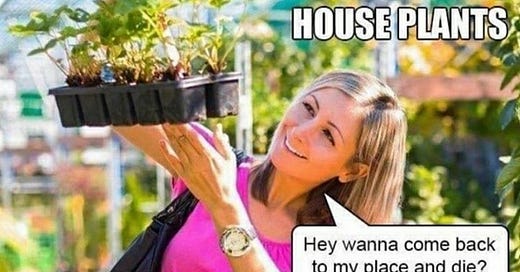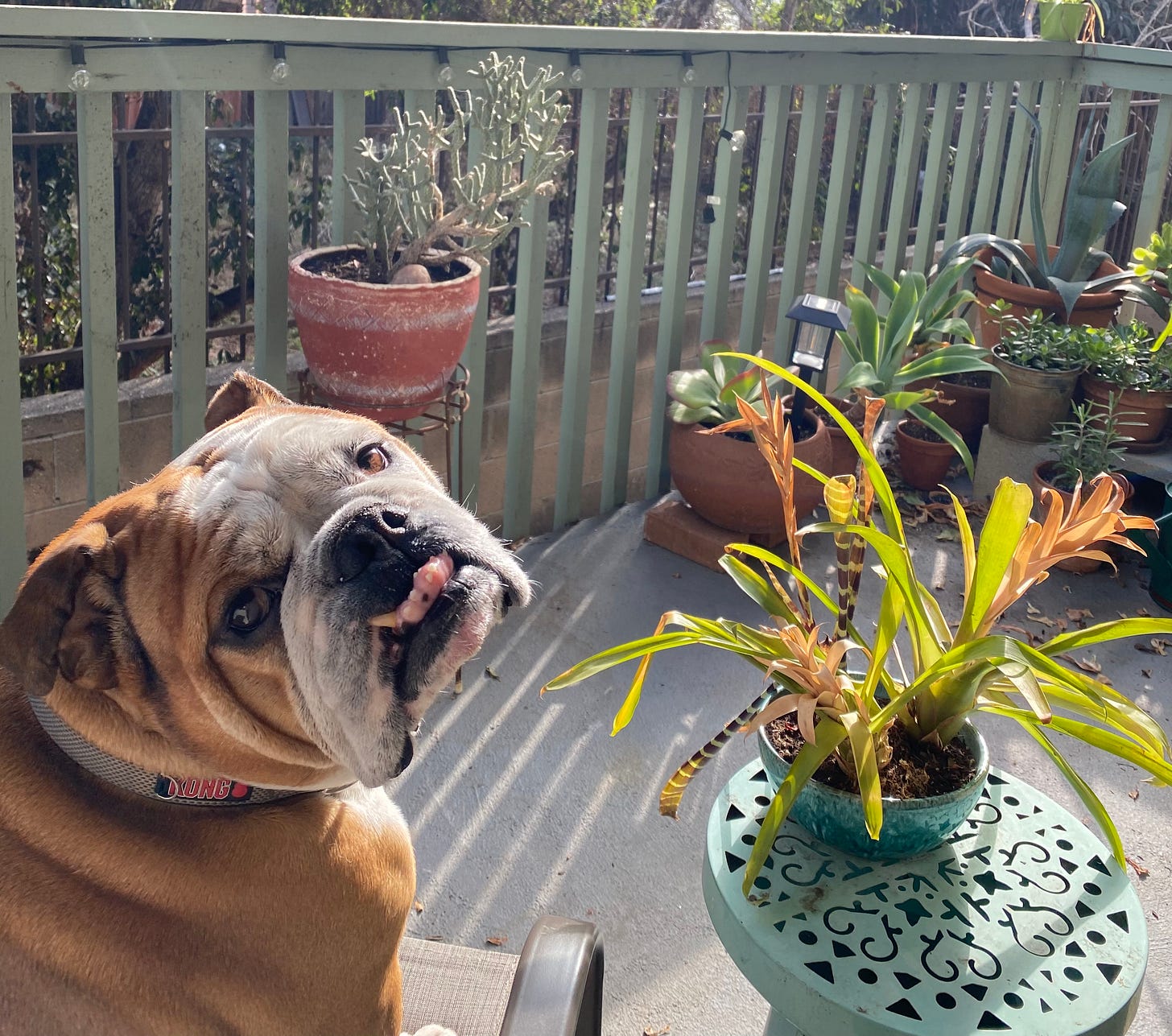It was a bit touch and go for me when I first started taking care of plants. I would either drown them in too much water or keep them so thirsty they dried up. I think I’ve finally cracked the code on how not to kill my plants and I wanted to share three tips that worked for me to get that green thumb going.
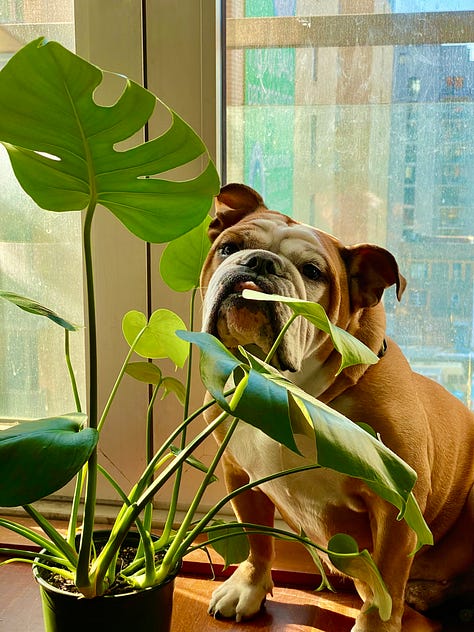
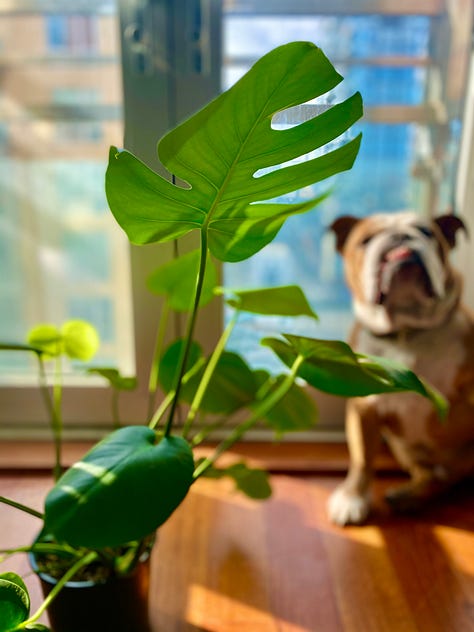
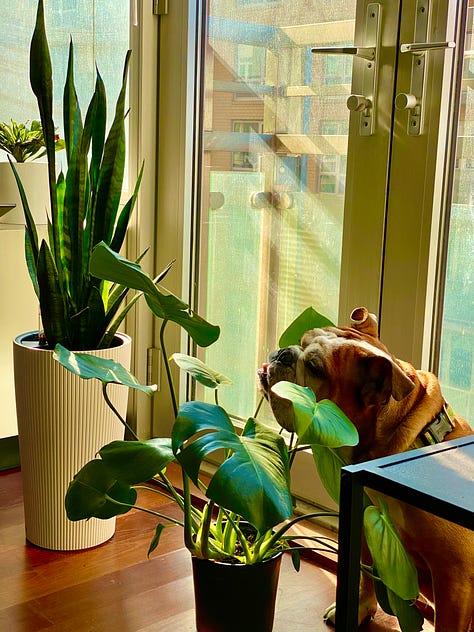
Get resilient plants
Over the years, the plants I’ve had to most success keeping alive and growing have been monstera, pothos and snake plants. These plants are great starter plants because they are relatively low maintenance and do well in shady or sunny spots.
I’ve moved back and forth between New York, California, and Florida the past few years and with each move had to give away my plants. Whenever I moved into a new place, the plants I reached for again were monstera, snake, and pothos and I feel like I’ve gotten to know them well. Monstera and pothos plants will tell you when they need water - you can see their leaves droop down when they’re thirsty and spring back up after watering. Snake plants are best left alone, not watered much, and if placed in a sunny spot, will grow tall.

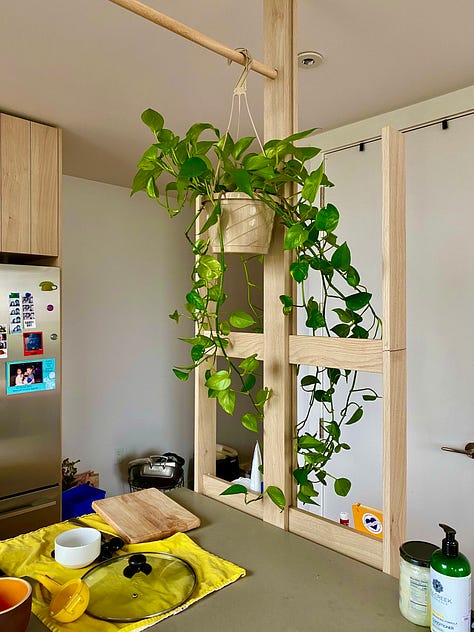
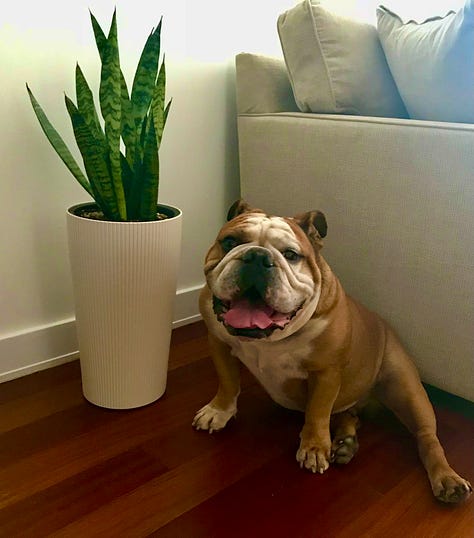
Invest in a good planter
The biggest factor in keeping my plants healthy has been investing in quality planters that provide healthy drainage. Plants that can’t drain will sit in too much water and develop root rot! If your plant’s leaves start turning brown and dying, that’s sign of root rot. For this reason, I cannot recommend Lechuza planters enough - they are stylish, high quality, and have a smart watering mechanism so your plants get proper drainage. If you can’t get your hands on a Lechuza, terracotta pots with drainage holes and saucers are the way to go. They are affordable, light weight, and easy to get at Home Depot. Terracotta pots are made from porous clay which lets them release moisture from the plant more quickly, helping the soil dry out and keep from getting soggy.
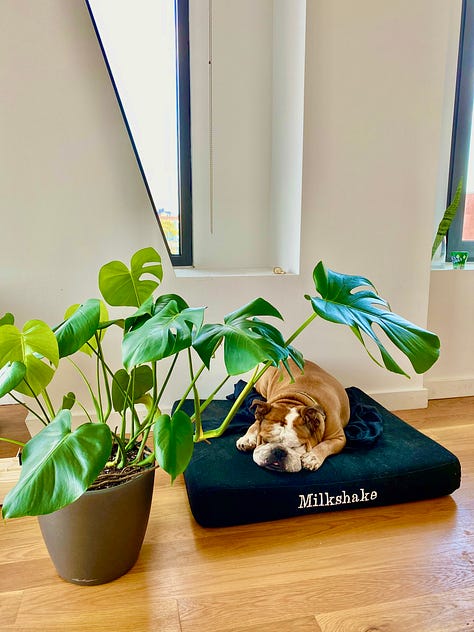

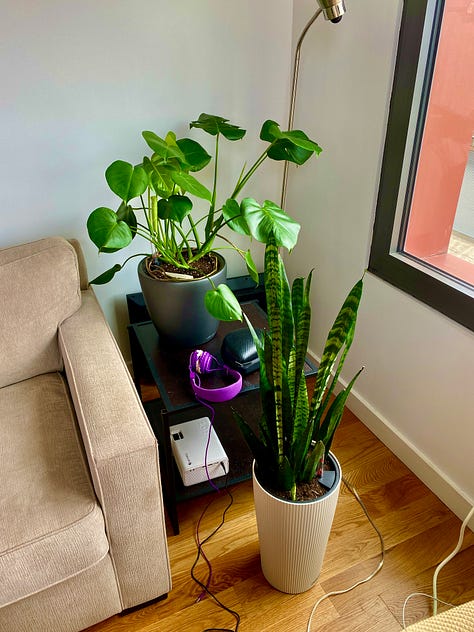
Use a soil moisture meter
The last tip is to use a soil moisture meter like this one from Home Depot (you can also get them at Walmart or Amazon). With a moisture meter, you can check if your plant is still retaining water and spare it from being overwatered. When I started using this meter I was surprised to learn my plants needed a lot less watering than I thought! With the meter, you also get to know your plants better because you learn how quickly or slowly their soil dries in your home.
That’s all, folks 🪴

